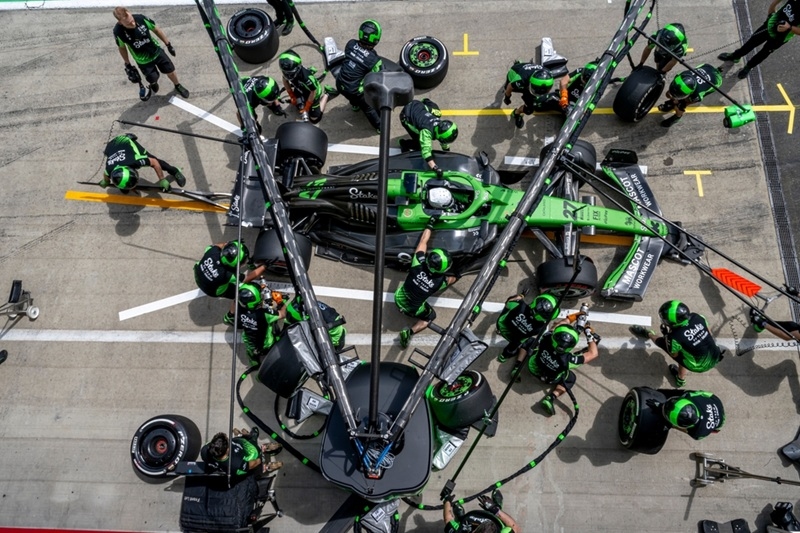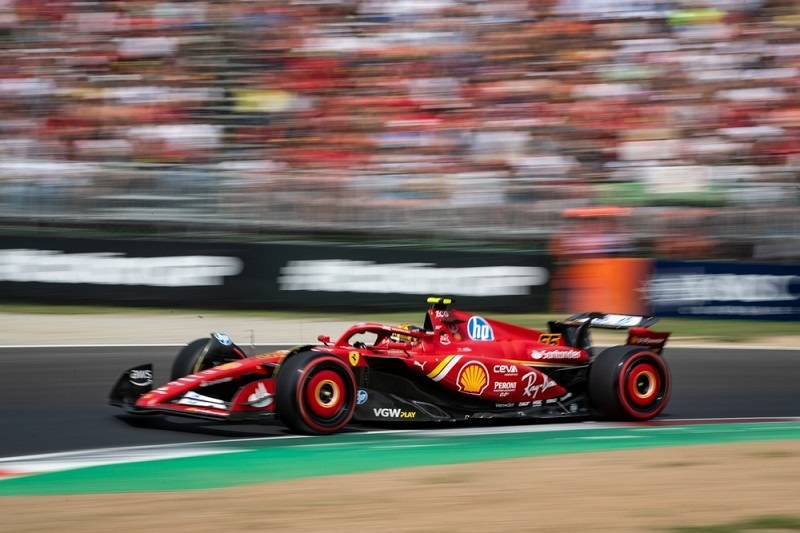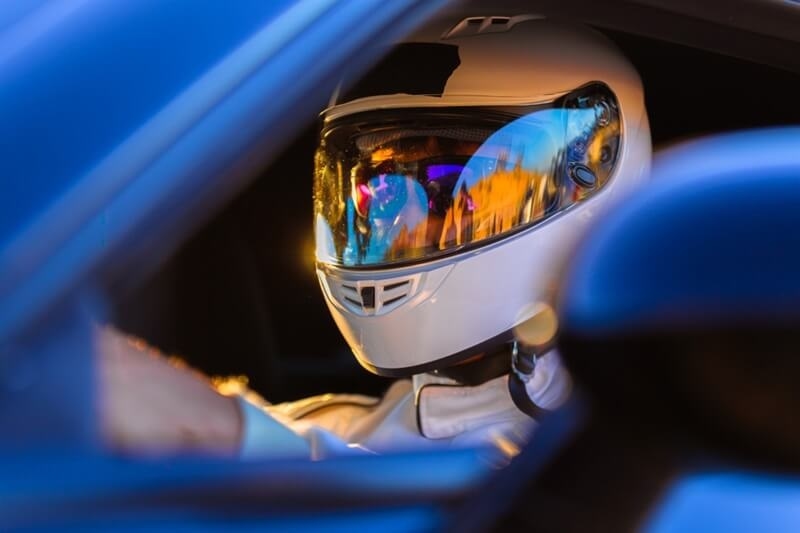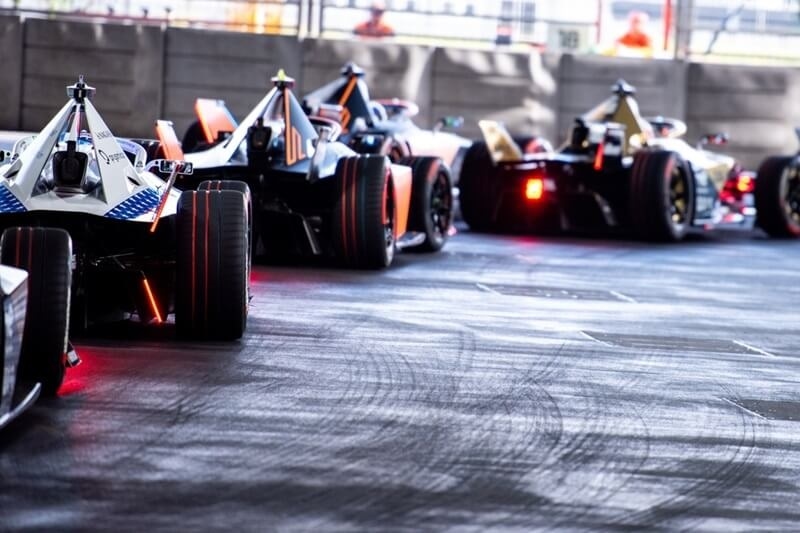Breaking Down The Formula 1 Overtaking Code: Some Rules

Overtaking in Formula 1 is not a free-for-all; strict regulations govern how drivers can attack, pass, and defend, depending on the corner type. Despite the highly detailed nature of most Formula 1 rules, it's somewhat surprising that overtaking guidelines were not clearly defined. While there was a general understanding of the proper overtaking approach, the FIA, Formula 1's governing body, never made the rules of engagement widely known. In the aftermath of the controversial conclusion to the 2021 season, the FIA implemented changes to provide more clarity and transparency in how race stewards assess racing situations. In anticipation of the 2022 season, the FIA released the 'Driving Standard Guidelines,' outlining the rules drivers must follow during intense on-track battles. These guidelines address the right way to overtake and provide insights into the wrong way, marking a shift toward more public disclosure of regulations by the FIA.
What did the FIA say?
FIA has given detailed instructions to the stewards to be followed in a non-binding manner. FIA said, [This is] in response to a request from F1 drivers to confirm the factors that may be taken into account by the FIA stewards when decisions are made in relation to certain repeated infringements that occur in the course of a season. For the avoidance of doubt, these are merely guidelines to assist the stewards in their decision-making and are non-binding. All stewards' decisions will be made pursuant to the FIA International Sporting Code read in conjunction with all relevant regulations applicable to Formula 1."
"In order for a car being overtaken to be required to give sufficient room to an overtaking car, the overtaking car needs to have a significant portion of the car alongside the car being overtaken and the overtaking maneuver must be done in a safe and controlled manner, while enabling the car to clearly remain within the limits of the track. When considering what is a significant portion for an overtaking on the inside of a corner, among the various factors that will be looked at by the stewards when exercising their discretion, the stewards will consider if the overtaking cars front tires are alongside the other car by no later than the apex of the corner [for the inside of corner], & if the overtaking car is ahead of the other car from the apex of the corner [for outside of corner]."
"The car being overtaken must be capable of making the corner while remaining within the limits of the track. For the avoidance of doubt, the white lines defining the track edges are considered to be part of the track, but the curbs are not. Should a car leave the track for any reason, the driver may rejoin. However, this may only be done when it is safe to do so and without gaining any lasting advantage. A driver will be judged to have left the track if no part of the car remains in contact with the track. If a driver, for example, short-cuts a chicane or a corner, it is his or her responsibility to clearly give back the advantage he or she gained. This may include giving back the timing advantage up to drop back a position behind the relevant driver.
For overtaking on the inside of a corner
To necessitate the car being overtaken to provide ample room for the overtaking car, the overtaking maneuver inside a corner requires a substantial portion of the overtaking car to be alongside the car being overtaken. This maneuver must be executed safely and in a controlled manner, ensuring the overtaking car remains clearly within the track limits. When determining what constitutes a 'significant portion' for inside corner overtaking, stewards, in their discretion, will assess whether the front tires of the overtaking car are alongside the other car no later than the apex of the corner.
For overtaking outside of a corner
Similar to inside corner overtaking, outside corner overtaking requires a significant portion of the overtaking car to be alongside the car being overtaken, demanding a safe and controlled execution while staying within track limits. Assessing what qualifies as a 'significant portion' for outside corner overtaking, stewards will, among various factors, consider whether the overtaking car is ahead of the other car from the apex of the corner. Importantly, the car being overtaken must have the capability to navigate the corner while remaining within the prescribed track limits.
Rules for Chicanes and S-bends
Consistent rules will be enforced across various corner types, including chicanes and esses. This implies that drivers can swiftly transition from an outside position to an inside position, and the regulations for each type will dynamically adjust for every corner negotiated by the drivers. The guidelines also affirm that the FIA is rigorously enforcing track limits and addressing instances of impeding. Additionally, drivers are held accountable for "clearly giving back" any advantage gained when they go off the track.
Slipstreaming is beneficial while dirty air is not

The intricate aerodynamics in Formula 1 are engineered to generate substantial downforce. These aerodynamics operate optimally in clean airflow, providing additional aerodynamic grip that presses the tires onto the track, enabling faster cornering. However, as air flows over surfaces, it becomes turbulent, creating a chaotic mass of turbulent air behind the car known as "dirty air." This dirty air forms a wake, creating drag that slows down the car. Yet, on a straight stretch, the following car can experience a boost by entering the slipstream of the car in front. Despite attempts to reduce turbulent air through regulation changes, the most recent F1 cars still generated considerable turbulence. The 2022 regulations have been specifically crafted to address this issue, aiming to make overtaking a bit easier once again, if all goes well. This is just one of the issues where teams raise concerns.
Strategizing for an overtaking maneuver

Executing a successful pass on the track amidst the traffic requires either a significant advantage in car performance or strategic thinking. Most overtaking moves are meticulously planned several corners in advance, often taking shape in the driver's mind several laps before execution. When trailing another car, drivers keenly observe their competitors' vulnerabilities, identifying opportunities to capitalize on weaknesses such as loss of traction, early braking, or wheel locking. Similarly, monitoring how a driver adapts to evolving conditions, such as tire degradation, engine management, or coping with damage, provides insights into when a potential overtaking opportunity is worth pursuing.
Conclusion
In unraveling the intricacies of the Formula 1 overtaking code, it becomes evident that this facet of the sport is a captivating dance between strategy, skill, and regulations. Its application often sparks spirited debates, as exemplified in the intense battles between racing titans like Max Verstappen and Lewis Hamilton. The precision required in choosing braking points underscores the fine line between a successful overtake and a missed opportunity. Understanding the temporal and situational nuances of overtaking rules enriches the appreciation of race dynamics. Records, such as the most overtakes in a race or the absence of overtakes in specific instances, add historical context to the ebb and flow of excitement on the racetrack.
This content was created by AI




